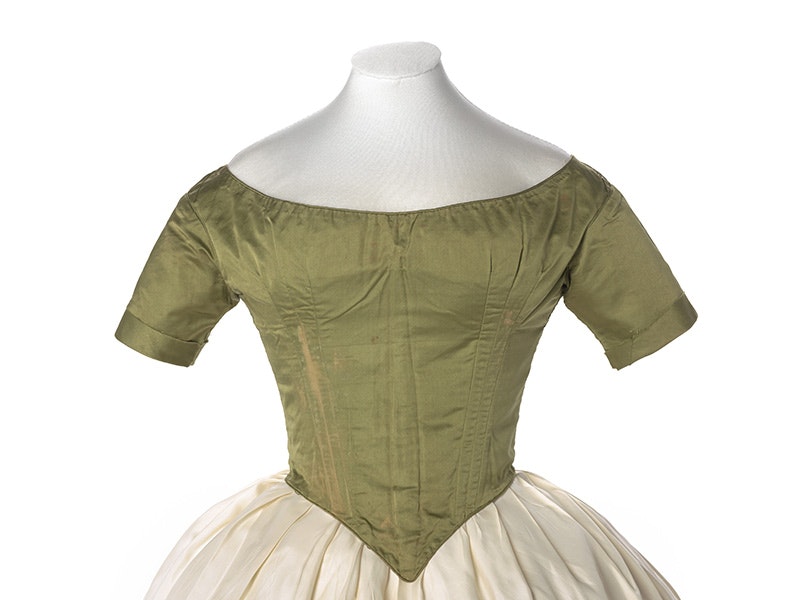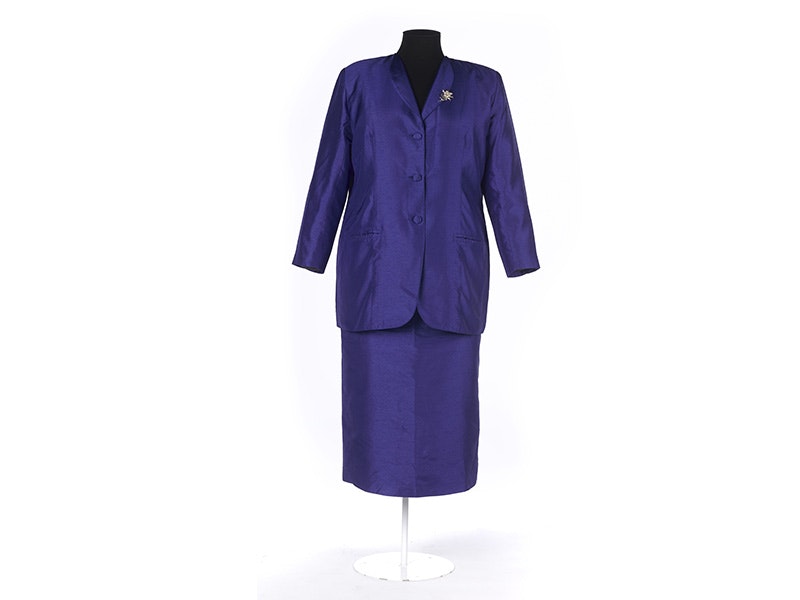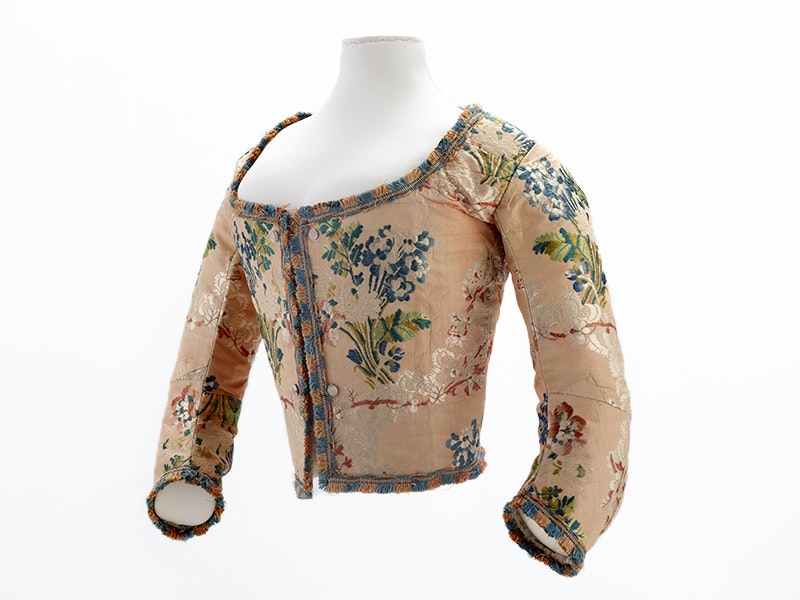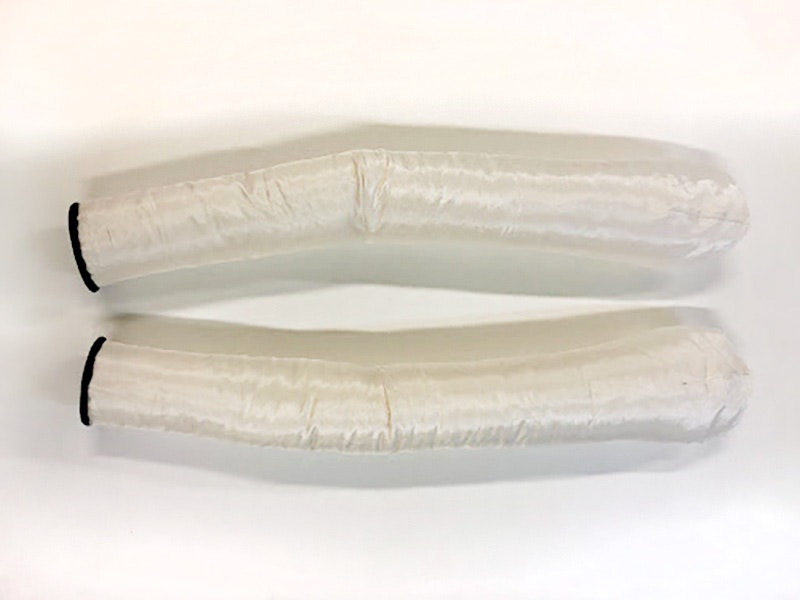
How to fit a garment – Introduction
When working with historic dress do not expect to find a mannequin or dress form that the ensemble will easily and naturally fit!
Free museum entry for New Zealanders and people living in New Zealand
Open every day 10am-6pm
(except Christmas Day)
Free museum entry for New Zealanders and people living in New Zealand
When working with historic dress do not expect to find a mannequin or dress form that the ensemble will easily fit – some customization of your garment will always be necessary. In this section, learn about how to pad a dress stand, make a top cover, create skirt supports and more.

When working with historic dress do not expect to find a mannequin or dress form that the ensemble will easily and naturally fit!

Padding a dress stand physically supports a garment and helps to convey a number of messages about how people altered, enhanced or revealed parts of their bodies.

Making a top cover allows a garment to sit well and protects it from the abrasive qualities of the padding.

Adding arms to an ensemble finishes the torso support and makes an enormous difference to the presentation of a garment by helping to create shape and the illusion of a body inside the object.

Hoops, bustles and nylon undergarments were often used under skirts to add fullness and shape that reflect the progression of woman’s fashion. Creating the appropriate shape and volume of a skirt is vital to its interpretation.